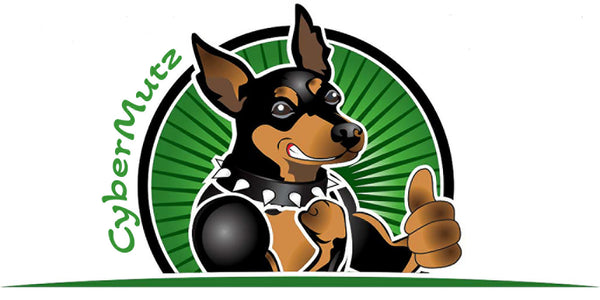
🐾 Tips for Socializing Your Puppy
Share
🐾 Tips for Socializing Your Puppy
Best Practices for Introducing Your Pup to New Experiences
Socialization is one of the most important steps in raising a confident, happy, and well-adjusted dog. The experiences your puppy has during their early months will shape their personality and reactions for life. The goal? To teach your pup that new people, places, animals, and sounds are safe and fun.
Whether you just brought home a new puppy or are planning ahead, here’s a guide to help you socialize your furry friend the right way.
🐶 1. Start Early (But Safely)
The critical socialization window is between 3 and 14 weeks of age. During this time, puppies are more open to new experiences and less likely to react fearfully.
-
Begin gently exposing your pup to different sights, sounds, smells, people, and animals.
-
Don’t wait until all vaccines are complete—just avoid high-risk areas like dog parks.
-
Ask your vet about safe socialization practices based on your puppy’s health.
🐕 2. Introduce a Variety of People
Help your puppy feel comfortable around all kinds of humans:
-
People of different ages, ethnicities, and genders
-
Individuals wearing hats, glasses, or uniforms
-
Kids running, elderly walking slowly, or people using assistive devices
Let your puppy observe from a distance if they’re shy—don’t force interactions.
🦴 3. Positive Associations Only
Every new experience should be paired with something your pup loves—like treats, toys, or praise.
-
Give your puppy a tasty reward when meeting someone new or hearing a strange sound.
-
Stay calm and happy yourself—your energy sets the tone.
-
If your puppy seems nervous, back off and try again later in a less intense way.
🐾 4. Expose Them to Everyday Sounds & Surfaces
Puppies need to get used to things they’ll experience regularly:
-
Vacuum cleaners, doorbells, kitchen noises, traffic, and lawnmowers
-
Different surfaces like tile, carpet, grass, sand, and metal grates
-
Car rides, elevators, stairs, or walking through a busy parking lot
Keep sessions short, sweet, and rewarding.
🐕🦺 5. Puppy Playdates & Classes
-
Set up playdates with other vaccinated, well-mannered pups.
-
Puppy kindergarten classes are great for safe social learning.
-
Supervised group play helps teach bite inhibition, dog etiquette, and body language.
Always monitor interactions to ensure your puppy isn’t overwhelmed.
🐶 6. Handle With Care—Literally
Get your pup used to being handled in gentle, positive ways:
-
Touch their paws, ears, tail, and mouth regularly
-
Practice mock vet exams and grooming
-
Reward calm behavior with treats and soothing words
This helps prevent future stress during vet visits and grooming appointments.
🧘♂️ 7. Take It Slow & Respect Their Pace
Every puppy is different—some are fearless explorers, others need time.
-
Never force your puppy into a situation that scares them.
-
Observe body language: tail tucks, trembling, yawning, or hiding are signs they’re stressed.
-
Gradual, low-pressure exposure is key to building trust and confidence.
❤️ Final Thoughts
A well-socialized puppy grows into a confident, friendly adult dog who can handle life’s ups and downs with ease. By taking the time to expose your pup to the world in a safe, positive way, you’re giving them the best chance at a happy, balanced life.
Start small, be consistent, and always keep it positive—and your pup will thank you for years to come.
